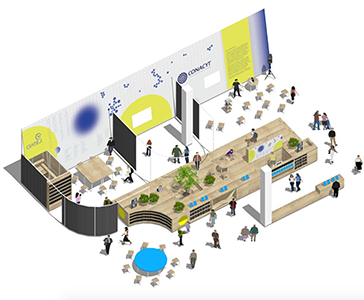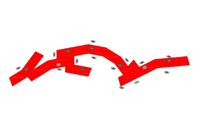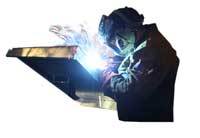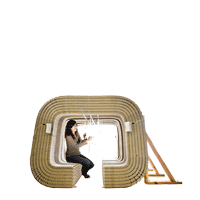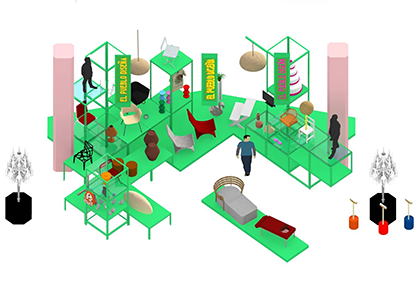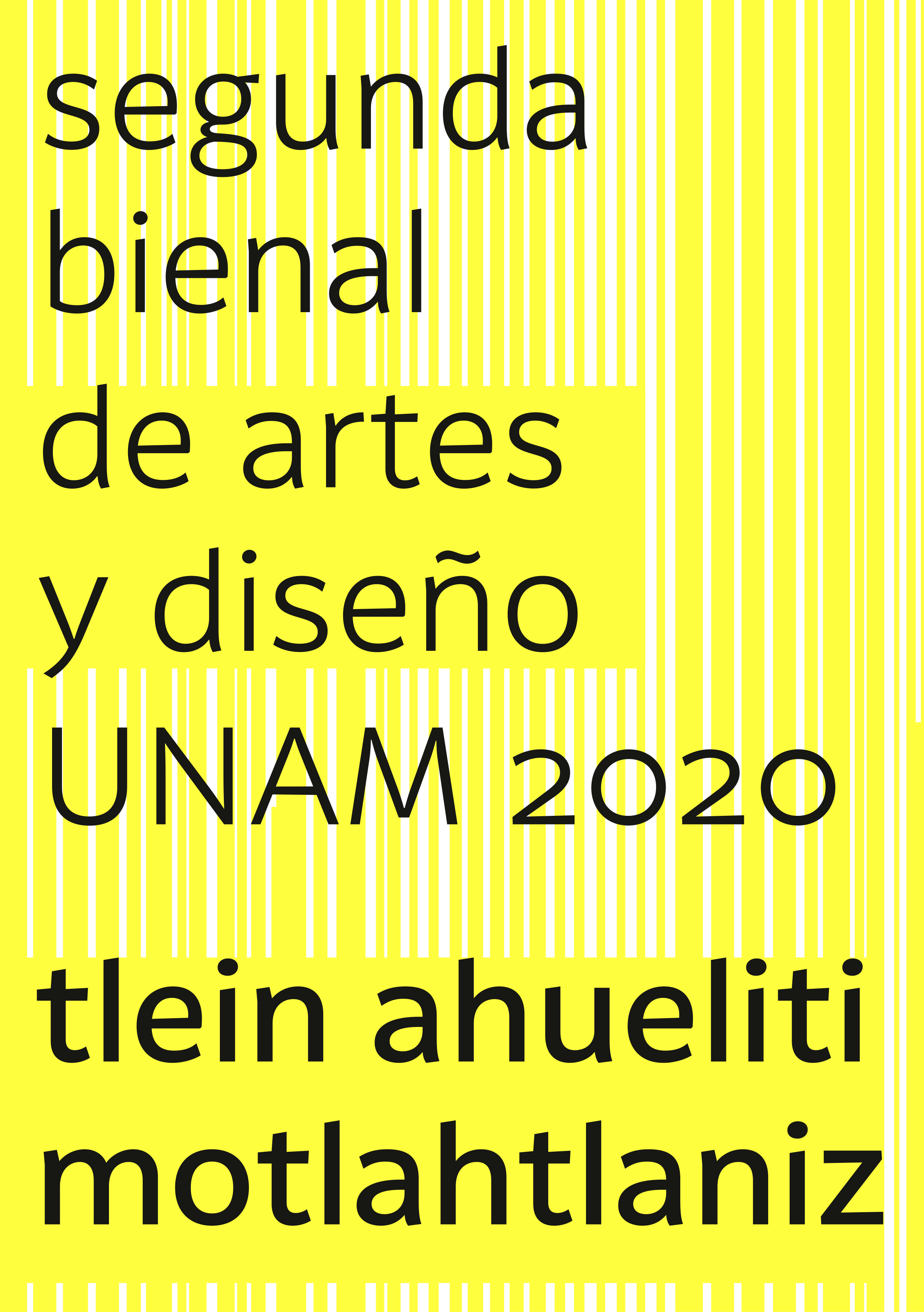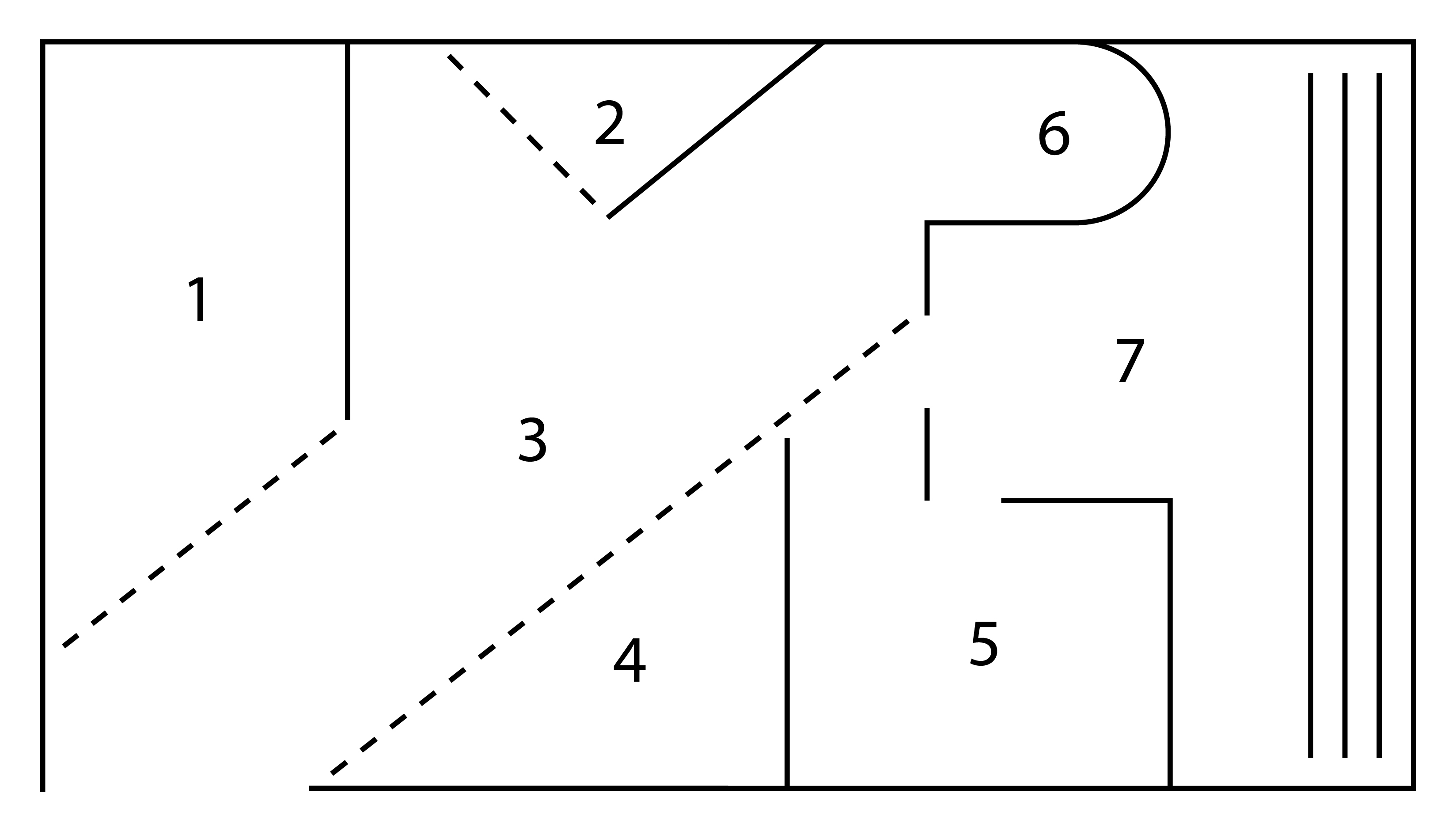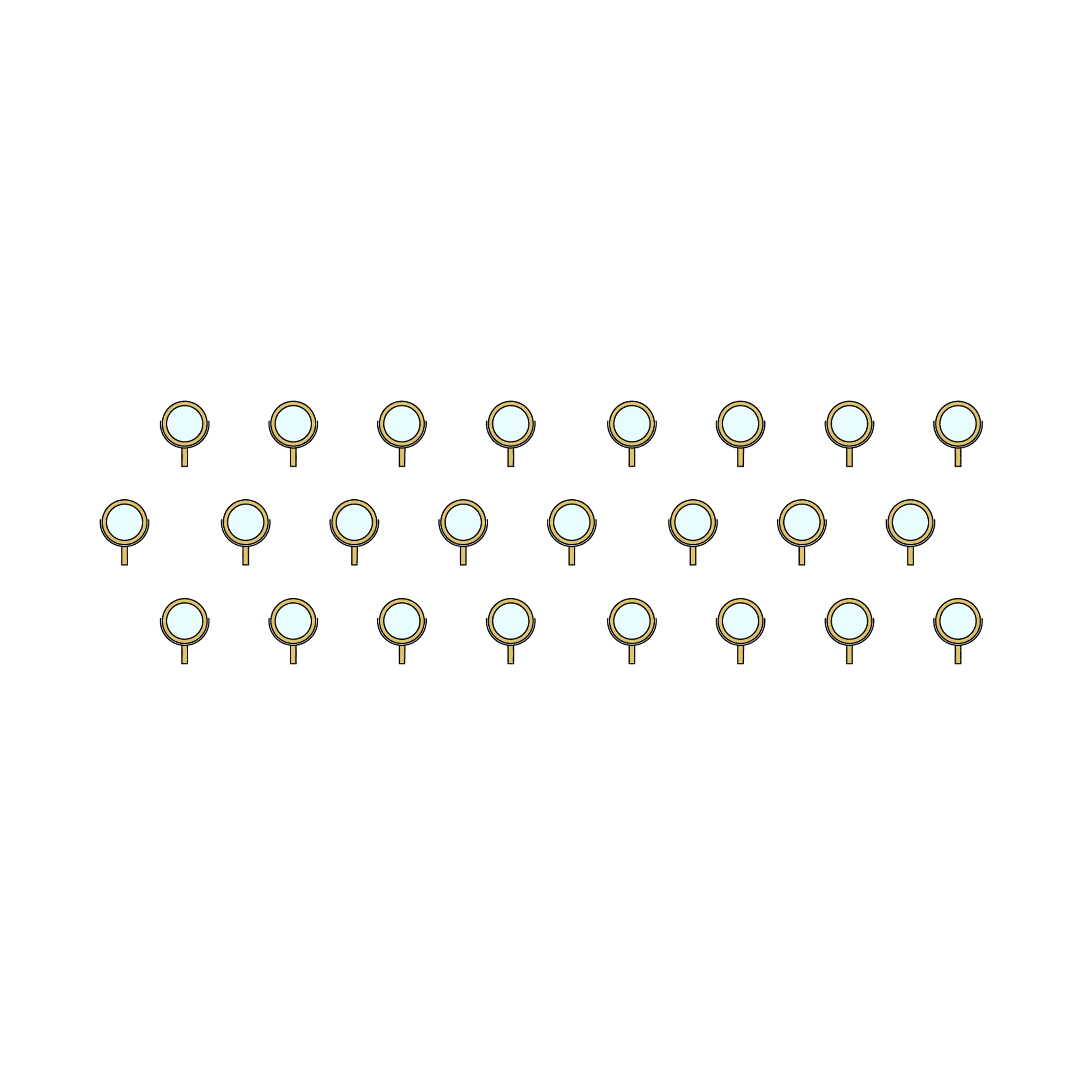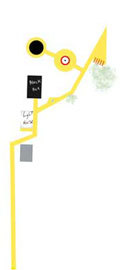Macro furniture as exhibition architecture.
The Habitable Furniture Museography functions as an architectural exhibition platform that, like a habitable island, occupies the room with the construction of a museographic/architectural piece of furniture. Apart from being a support for exhibiting artworks, it also invites visitors to inhabit the museography by climbing onto it or entering its spaces. This typology also serves to spatially subdivide the room, not with walls, but with a habitable exhibition block. Throughout the furniture, different functions can be assigned to distribute, organize, and generate various dynamics around it, each having its own formal dynamics and engaging in different conversations with the surrounding walls of the space.


